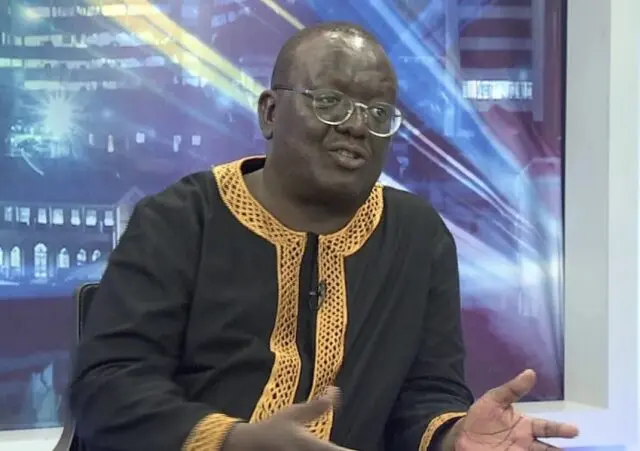Africa must lead its own agri-food systems transformation

Six years ago, UN Secretary-General António Guterres appointed me as the special envoy for the Food Systems Summit, with a mission both urgent and ambitious.
Today as the fourth Stocktake Summit convenes later this month in Ethiopia – a nation long recognised for its strides in food security – Africa stands at a crossroads.
The continent’s agri-food systems brim with potential, yet the road to transformation remains steep.
The message from leaders, experts, and farmers alike is clear: a full-scale, Africa-led transformation is within reach, but only if we embrace game-changing solutions, invest in smallholder farmers, and forge new partnerships at every level.
Africa is home to 60 per cent of the world’s uncultivated arable land and a population projected to double by 2050. Yet more than 250 million Africans – about one in five – face chronic hunger, and the continent imports nearly $50 billion worth of food annually.
These numbers are not just statistics; they are a call to action. If we fail to act, the consequences will be measured in lost potential, stunted economies, and millions of lives left behind.
The food systems agenda has moved from the margins to the mainstream.
The UN Food Systems Summit process has galvanised unprecedented collaboration between governments, the African Union, the private sector, and civil society.
Countries are now crafting national pathways to food systems transformation, with a focus on inclusivity, sustainability, and resilience.
Significant progress has occurred since the first UNFSS Stocktake. The results are tangible: in the past five years, more than 20 African nations have launched new policies to support smallholder farmers, and digital agriculture innovations have reached over 15 million farmers, enhancing yields and incomes.
Despite this positive progress, we need a strategy to achieve the SDGs in under four years. This requires “Must Be’s” and “Must Haves.” The MUST BE: digitisation, science, and innovation.
The MUST HAVE: data, trade, and finance. Without reliable, real-time data, planning is guesswork. “If you cannot count, you don’t count.”
Yet data generation remains a challenge: only 30 per cent of African countries have robust systems for agricultural data collection and use.
This gap must be closed if we are to make evidence-based decisions and measure progress.
Investment is equally critical. Smallholder farmers—who produce up to 80 per cent of Africa’s food—receive less than 10 per cent of total agricultural investment.
Bridging this gap requires innovative financing, such as social bonds and blended finance, as well as scaling up public-private partnerships.
The African Development Bank Group has set a bold target: mobilize $2.5 billion annually for agri-food system transformation by 2030. This is a start, but far more is needed.
No single actor can transform Africa’s food systems alone. As I once said, “The public and private sectors cannot work in isolation.”
Collaboration must extend from governments to grassroots, from tech startups to traditional cooperatives. Youth and women – Africa’s greatest assets – must be at the centre. Investing in their skills, ideas, and enterprises will yield dividends for generations.
Let this summit in Ethiopia be remembered not just as another meeting, but as the turning point when Africa chose to nourish its future – together.
The writer is the founder and Executive Director of Connecting Africa Now and President Emeritus of AGRA















